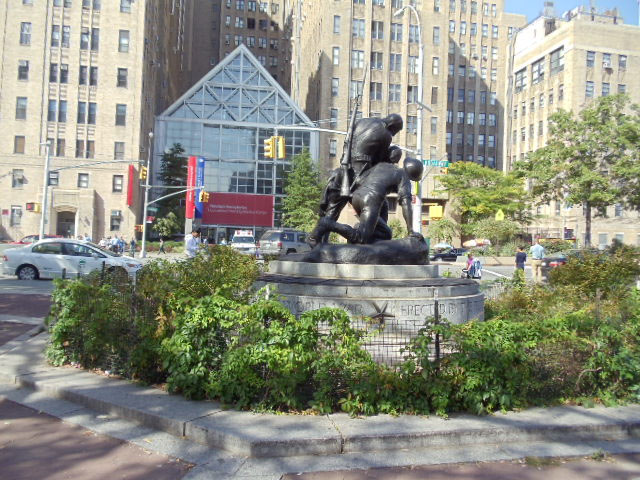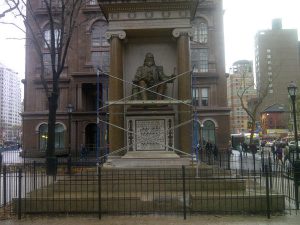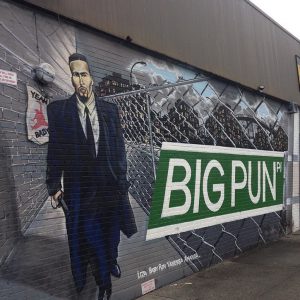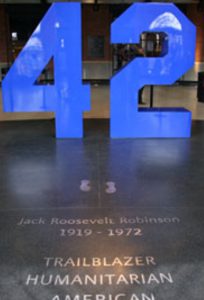This picture was taken in the capitol building in Washington D.C. It is a statue of Helen Keller a well-known and respected individual. As a child she had been through many difficulties and through hard work and determination had overcome them. Keller was born on June 27, 1880. As a child she was both deaf and blind. With perseverance she became the first deaf and blind person to earn a bachelor of arts degree and went on to become an American author, political activist. She has set an example for many and showed that no matter the challenges one faced you can still succeed. Her birthplace in West Tuscumbia, Alabama, has become a museum and President Jimmy Carter in 1980 has declared her birthday to be “Helen Keller Day”.
I believe that Keller was an outstanding example of how far human beings can go if they put their mind and effort into achieving something. She has empowered some many people including me to do the best we can. Her commemoration is duly deserved and I hope that many more people take the time to learn about her.
Citation
Helen Keller, Biography.com (2016), http://www.biography.com/people/helen-keller-9361967 (last visited Apr 3, 2017).











